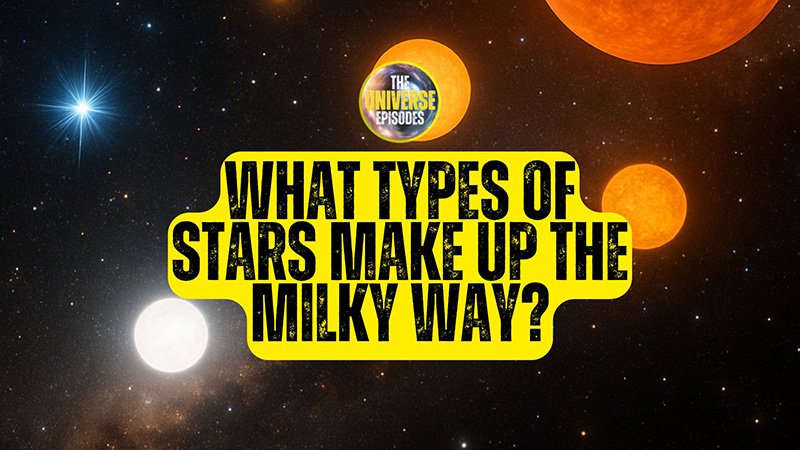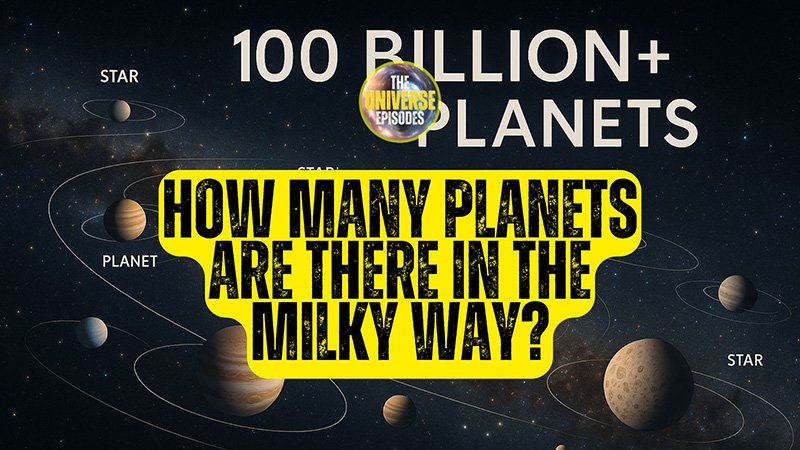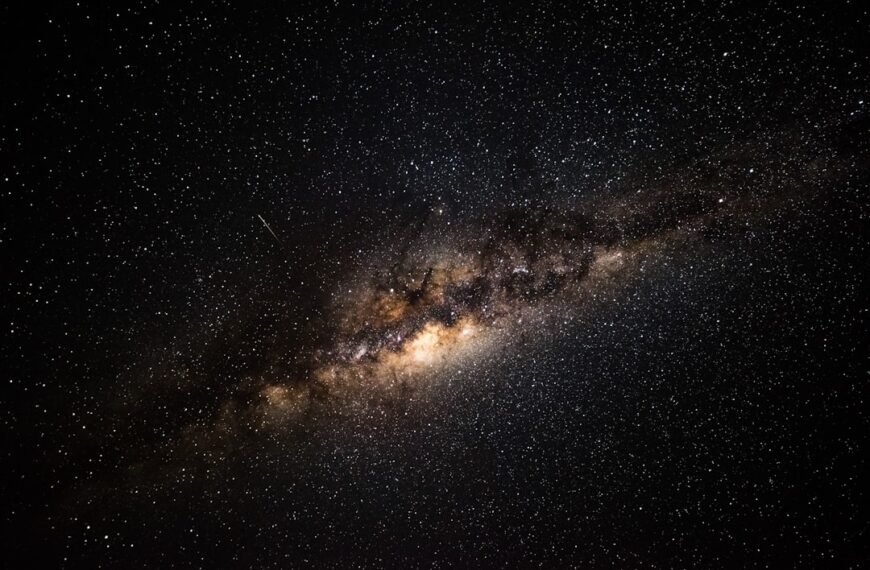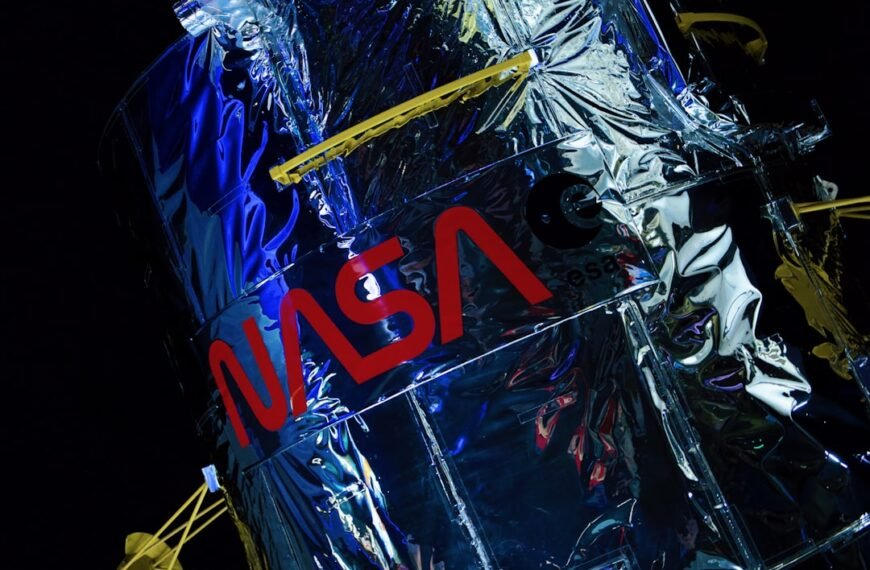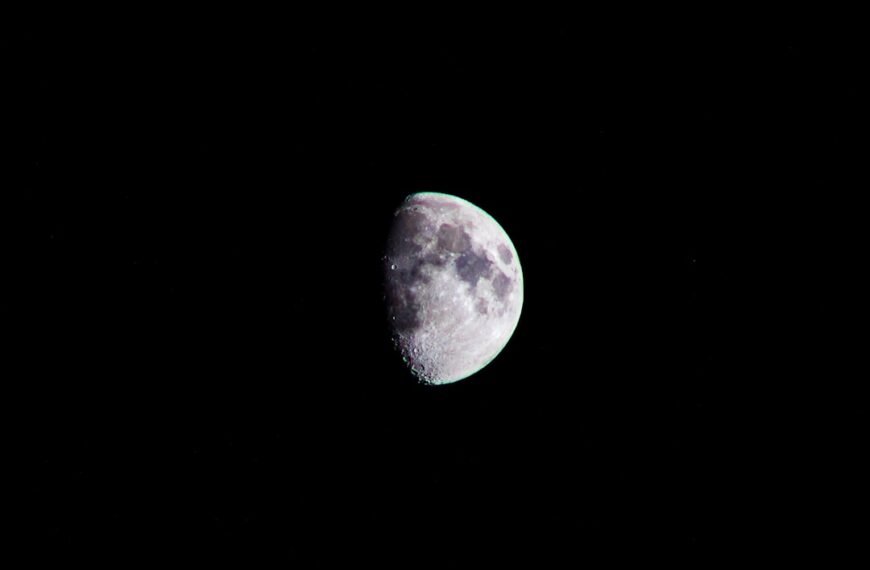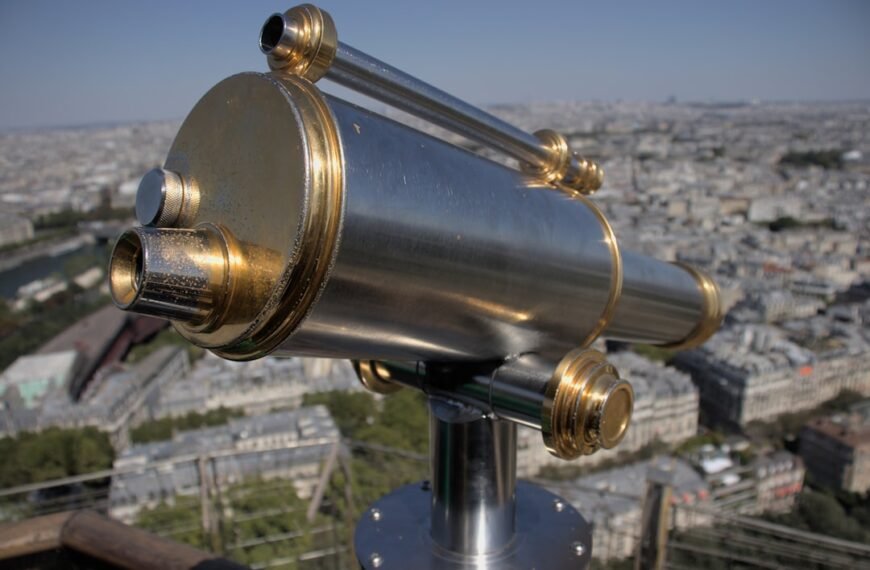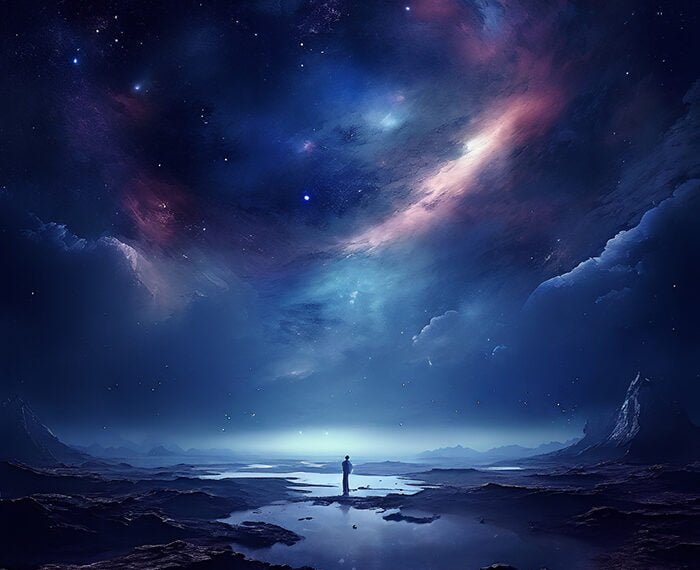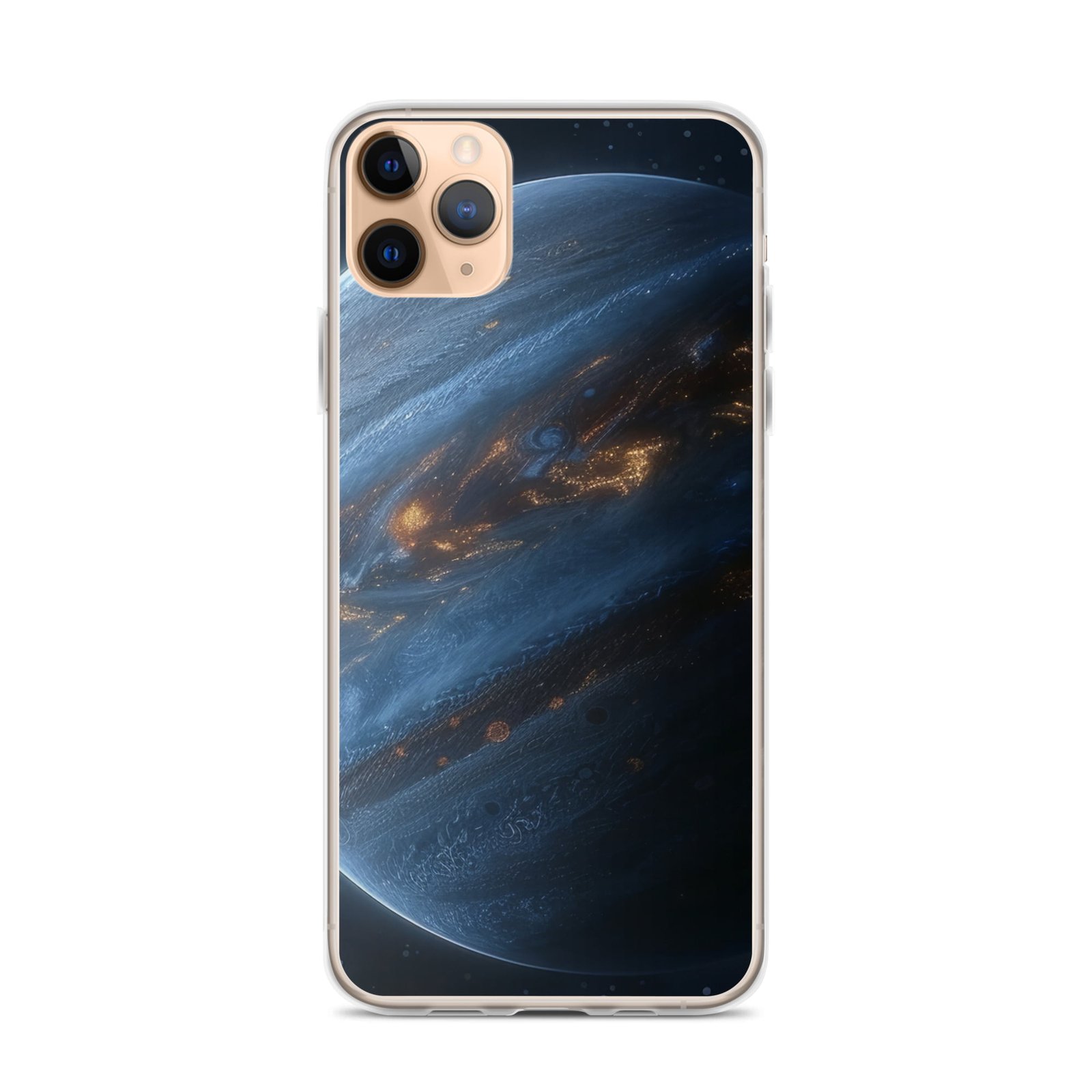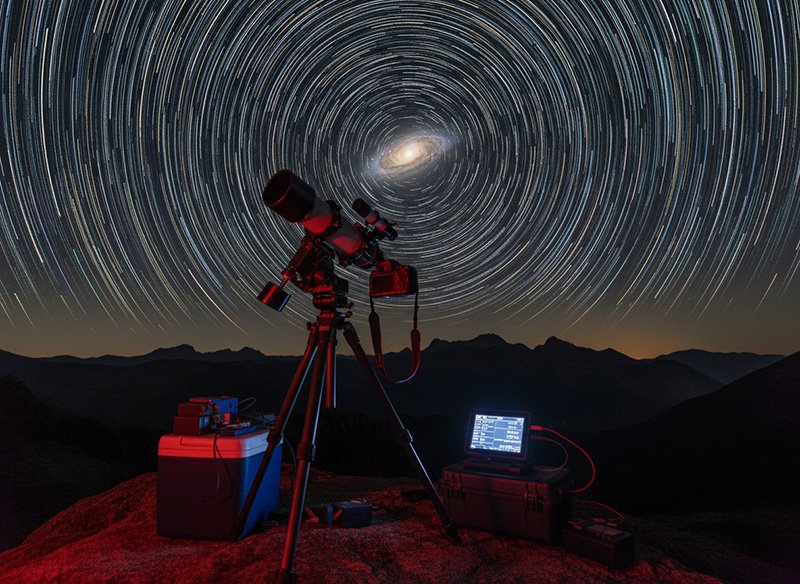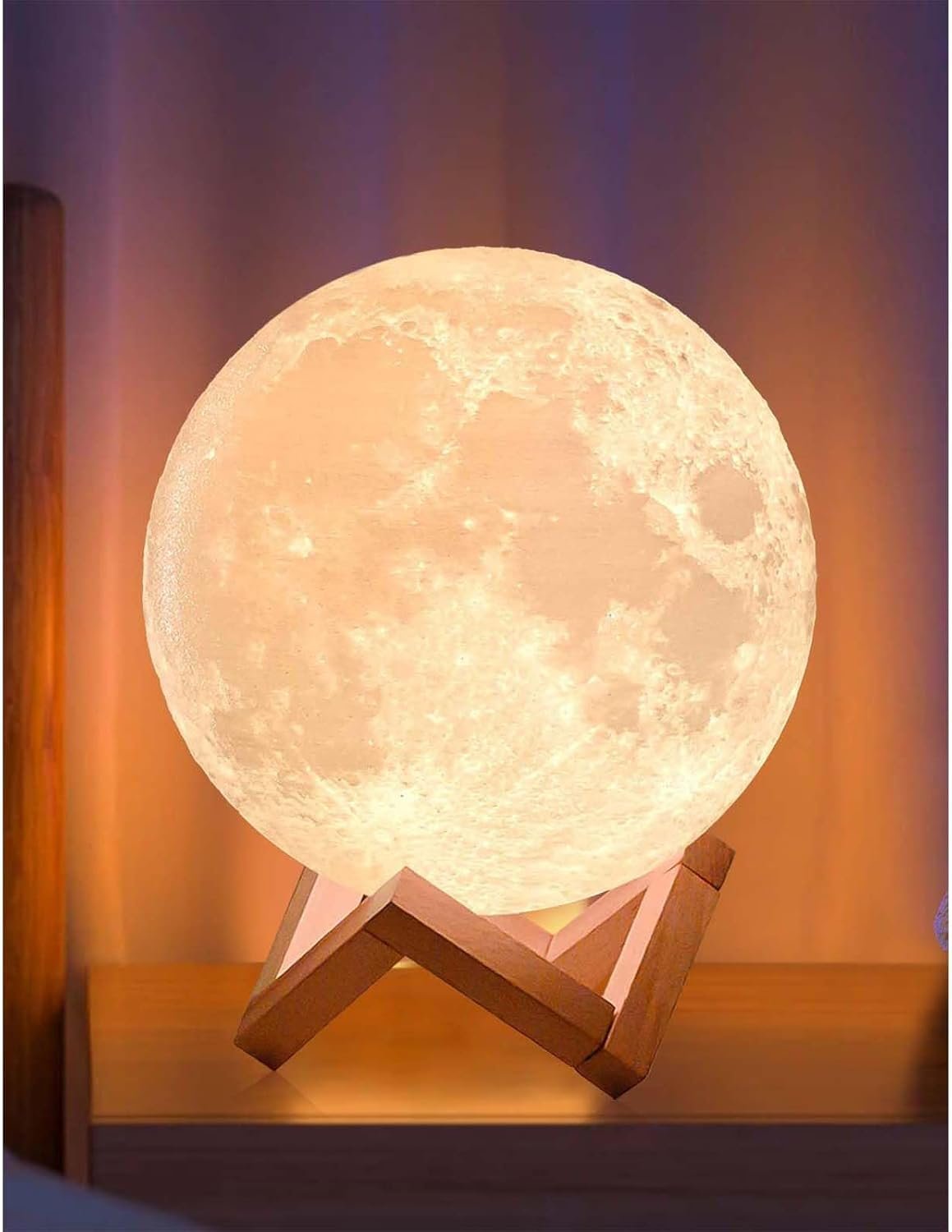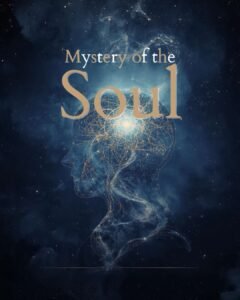How do astronomers count stars without counting them? Explore galaxy surveys, mass-to-light ratios, and Gaia data behind the cosmic census.
⭐ Key Takeaways
- Directly counting stars is impossible because of the vast scale (10²²–10²⁴ stars).
- Astronomers use indirect methods: galaxy census, galaxy mass (rotation curves), and stellar light models (SPS).
- Tools like Hubble Deep Field, JWST, and Gaia provide critical data.
- Dust, distance, and telescope resolution create major observational challenges.
- The final “cosmic census” is always an evolving estimate, not a fixed number.
What Makes Counting Stars Impossible?
The universe holds an estimated 10²² to 10²⁴ stars—a number so large that it’s beyond human intuition. For context, there are thousands of stars for every grain of sand on Earth’s beaches.
Even if every human on Earth tried to count stars continuously, it would take 30 lifetimes of the universe to finish. That’s why astronomers rely on estimation methods rather than direct enumeration.
The two main obstacles are:
- Scale: billions of galaxies, each with billions of stars.
- Obscuration: interstellar dust and faint stars hide most of the stellar population.
How Many Stars Are in the Universe?
 space, captivating astronomers as they count stars among clusters of bright yellow and blue galaxies against a dark background.” class=”wp-image-21722″/>
space, captivating astronomers as they count stars among clusters of bright yellow and blue galaxies against a dark background.” class=”wp-image-21722″/>Astronomers estimate one septillion stars (10²⁴) in the observable universe.
But this number is not exact. It’s derived from sampling, extrapolation, and modeling. For example, Hubble’s Ultra Deep Field revealed thousands of galaxies in a tiny patch of sky. Extrapolating across the full sky suggests hundreds of billions to trillions of galaxies, each with billions of stars.
Early estimates said ~200 billion galaxies exist, but with JWST data, astronomers now think there may be 6–20 trillion galaxies. That means the star count has increased by orders of magnitude over time.
The Cosmic Census: How Astronomers Count Stars Without Counting
Astronomers use three main methods:
- Galaxy Census (Deep Field Observations)
- Hubble and JWST take deep images of tiny sky patches.
- By extrapolating galaxy numbers, astronomers estimate how many “containers” of stars exist.
- Weighing Galaxies (Rotation Curves and Dark Matter)
- Modeling Starlight (Mass-to-Light Ratio and SPS)
- The mass-to-light ratio (M/L) links brightness to stellar mass.
- Stellar Population Synthesis (SPS) models combine star formation history, metallicity, and IMF to estimate star counts.
What Is the Role of Interstellar Dust in Star Counts?
The interstellar medium is filled with tiny dust grains. These grains absorb and scatter light, making distant stars appear dimmer and redder.
- Visible light surveys miss billions of stars hidden behind dust.
- Infrared telescopes like Spitzer, Herschel, and JWST can penetrate dust and reveal obscured populations.
This is why early star counts (like William Herschel’s Milky Way map) underestimated galaxy size.
How Does Telescope Resolution Limit Star Counts?
Even in a transparent universe, telescopes face limits:
- Angular Resolution: governed by the Rayleigh criterion (λ/D). Distant stars blur into one light source.
- Atmospheric Seeing: Earth’s atmosphere distorts light, reducing clarity.
- Luminosity Bias: Star catalogs are dominated by bright stars (O- and B-types), but 75% of stars are faint red dwarfs we can barely see.
Galaxy Rotation Curves: Weighing Galaxies Like a Cosmic Scale

Astronomers measure how fast stars orbit their galaxy. Instead of slowing down with distance, galaxies show flat rotation curves—evidence for dark matter.
Formula for total mass at radius r:
M(r) = v²r / G
This dynamical mass includes:
- Stars
- Gas and dust
- Supermassive black hole
- Dark matter halo
Separating stellar mass from dark matter requires mass-to-light ratios and stellar models.
Why Does the Mass-to-Light Ratio Matter?
A galaxy’s M/L ratio reveals how much stellar mass hides behind its brightness.
- Blue galaxies (young, hot stars) → low M/L (<1).
- Red galaxies (old, faint stars) → high M/L (>5).
Example:
- A single O-type star outshines 5 million red dwarfs but weighs as much as 300 of them.
- So light doesn’t equal mass. Models are required.
What Is Stellar Population Synthesis (SPS)?
SPS models analyze a galaxy’s spectral energy distribution (SED).
Steps:
- Combine stellar evolution theory, spectral libraries, IMF, and star formation history.
- Generate millions of simulated spectra.
- Match observed galaxy light to models.
- Infer total stellar mass and star count.
Strength: avoids dark matter bias.
Weakness: highly model-dependent (e.g., IMF uncertainties).
The Milky Way: How Do We Count Stars at Home?

Our own galaxy is the best test case:
Challenges
- We live inside the dusty disk, making total structure hard to see.
- The galactic center is completely hidden in optical light.
The Gaia Revolution
- ESA’s Gaia mission (2013–present) mapped nearly 2 billion stars in 3D.
- This is only 1–2% of the Milky Way’s estimated population.
- Gaia provides “ground truth” for stellar density, IMF, and star distribution.
Some Gaia studies suggest the Milky Way’s mass may be smaller than thought—closer to 200 billion solar masses, not a trillion.
How Reliable Are Star Count Estimates?
Every step adds uncertainty:
- Cosmological Assumptions: Universe is isotropic.
- Dark Matter Models: Halo shape and density are inferred.
- Initial Mass Function (IMF): Small IMF changes → big star count swings.
- Dust Extinction: Still uncertain in dense regions.
That’s why estimates range from 10²² to 10²⁴ stars—two orders of magnitude difference.
Firsthand Perspective: When I Tried to “Count” Stars
When I first pointed my telescope at the Milky Way, I thought I was seeing thousands of stars. Later I learned that what looked like a “dark gap” was actually a dust lane hiding billions of stars.
Even in backyard astronomy, I could see the principle: what you don’t see is often more important than what you do. That’s the same lesson Gaia, Hubble, and JWST teach us on a grand scale.
FAQ: People Also Ask
How many stars are in the observable universe?
Astronomers estimate between 10²² and 10²⁴ stars, or about one septillion.
How do scientists estimate star counts in other galaxies?
They use galaxy brightness, mass-to-light ratios, and models like Stellar Population Synthesis (SPS).
Why can’t astronomers count stars directly?
The universe is too vast, dust obscures light, and faint stars are invisible with current telescopes.
Which telescope counts more stars: Hubble or JWST?
JWST—its infrared vision detects fainter, more distant galaxies invisible to Hubble.
How many stars are in the Milky Way?
Current estimates suggest 100–400 billion stars, but Gaia data may revise this.
Conclusion | Counting Without Counting
Astronomers never count stars directly. Instead, they:
- Count galaxies (deep fields).
- Weigh galaxies (rotation curves, dark matter).
- Model light (M/L ratios, SPS).
- Calibrate locally (Gaia).
The result is not a fixed number but an evolving estimate. As JWST and future telescopes reveal more, our “cosmic census” will continue to grow.
The deeper lesson: counting stars isn’t about the number—it’s about understanding how the universe works.


